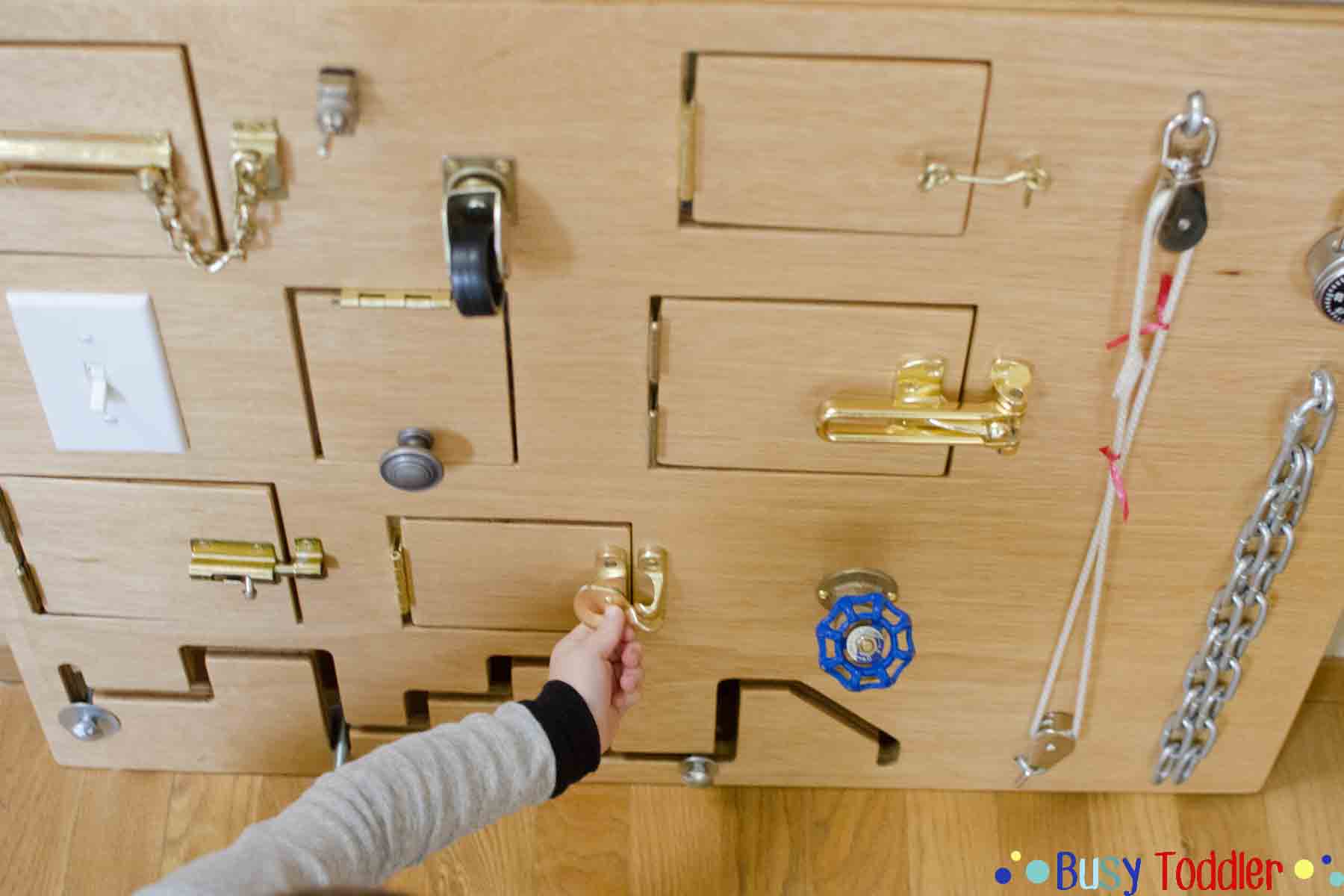Blog
Early Education Homemade Montessori Busy Board: The Key to Keeping Kids Focused
Are you ready to dive into the wonderful world of Montessori education? If you’re a parent or caregiver looking for engaging ways to keep your little ones focused and entertained, then a homemade Montessori busy board might just be your new best friend! Let’s explore how this hands-on educational tool can transform your child’s learning experience and make playtime both enriching and fun!

What is a Busy Board?
A busy board, sometimes called a sensory board, is an interactive panel filled with a variety of objects for young children to explore. Inspired by the Montessori philosophy, these boards encourage hands-on learning, fine motor skill development, and independent play. They’re an inventive way to stimulate your child’s curiosity while promoting concentration—something we all know is vital in early education.
>>>Buy now:
The Magic of Focus
So, why is the Montessori Busy Board such a fantastic way to keep kids focused? It all boils down to engagement. When children interact with the diverse elements on the board, they are not only having fun but also honing essential skills such as problem-solving and hand-eye coordination. This multi-sensory approach captivates their attention and encourages them to dive deep into the learning experience.
Why Go Homemade?
Creating a Montessori busy board at home not only saves money but also adds a personal touch that makes the learning experience even more special. You can customize it to suit your child’s interests and developmental needs, ensuring they are engaged with the materials you select. Not to mention, involving your child in the design process is an excellent opportunity for collaborative creativity and can foster a sense of ownership!

What to Include on Your Montessori Busy Board
When diving into the world of DIY Montessori busy boards, the possibilities are endless! Here are some suggestions for items you can add to your board:
- Latches and Locks: These are fantastic for developing fine motor skills while teaching cause-and-effect. Kids can pull, twist, and knock, honing their dexterity through play!
- Zippers and Buttons: Introducing zippers and buttons can help your child work on hand-eye coordination and dressing skills, preparing them for the world outside.
- Textures: Use different materials like sandpaper, felt, or bubble wrap to provide tactile experiences that stimulate a child’s sense of touch.
- Shapes and Colors: Add colorful shapes or blocks that children can move around, which aids in color recognition and problem-solving.
- Mirrors and Lights: Kids love seeing their reflection! Adding a mirror or some colorful LED lights can bring an extra layer of excitement to your busy board.
- Musical Instruments: Small instruments like bells or maracas can introduce sound exploration and rhythm, giving your child a delightful auditory experience.
The Benefits of a Montessori Busy Board
The beauty of a homemade Montessori busy board lies in its ability to promote independent learning and exploration. Children learn through play, and having a variety of activities at their fingertips keeps their minds engaged. Here are some key benefits:
- Focus and Concentration: Montessori busy boards not only captivate attention but also teach children how to sustain their focus on a task, which is a fundamental skill for lifelong learning.
- Motor Skill Development: Manipulating various objects on the board helps strengthen small hand muscles, improving dexterity and coordination—crucial for many everyday activities.
- Creative Play: Children can use their imagination to navigate the board, discovering new ways to interact with the materials while developing problem-solving skills.
- Sensory Stimulation: Various textures, colors, and sounds available on a busy board provide rich sensory experiences that are essential to early childhood development.

>>>Read more: Teach Your Child Responsibility and Boost Confidence with this Simple Daily Task: Cleaning Mirrors and Glass
Final Thoughts
A homemade Montessori busy board can be a simple yet powerful tool in your parenting toolkit. Not only does it foster creativity and focus, but it nurtures independence and learning. Plus, making the board together with your child offers a wonderful bonding experience! So, grab some materials, unleash your inner designer, and watch your little ones thrive in their newfound world of exploration and fun! It’s time to get busy!
